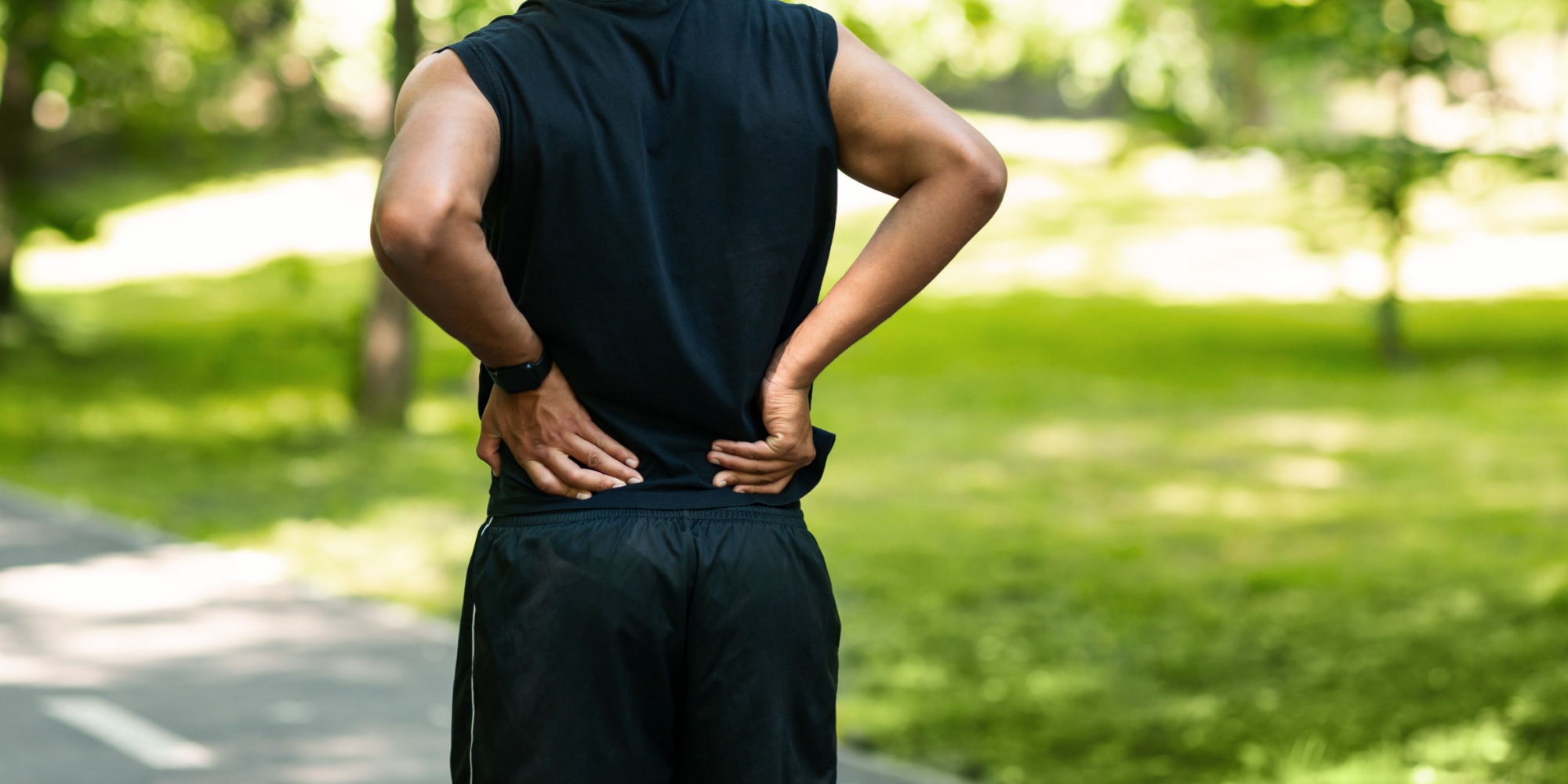What Are the Most Common Causes of Chronic Back Pain?
Dec 14, 2022 mindpumpLower back pain can be nothing short of debilitating. Musculoskeletal distress is a relevant concern to many people worldwide, and is something none of us should have to deal with it.
Here, we’ll discuss some of the most common causes of back pain.
Your Posture is Off
As I am sitting here writing this, I can feel my shoulders start to slump, my neck protrude forward, and my lower back lose some of its natural anterior tilt. It doesn’t feel great, and I can bet you it doesn’t look good either!
As many of you are aware, sitting at a desk, looking at our phones, and sitting on our bums for most of the day isn’t doing anything to help our bodies move and feel well. Unfortunately, the result of these actions can lead to lower back pain.
Overtime, some of us start to slowly develop a more anterior or posterior pelvic tilt when poor posture isn’t addressed. Our lower back, which is made of lumbar vertebrae, naturally form an anterior pelvic tilt, but too much can cause unnecessary stress on the spine, stiffness, and complications with range of motion. Same with a posterior pelvic tilt; there are joints between each pair of vertebrae, and deviation away from its natural alignment can lead to chronic pain.
Core Strength and Stability Are Lacking
Your core muscles are made to do more than give you a six-pack. In fact, the 29 muscles that make up the core help you execute and stabilize MANY movements you perform in the gym and in everyday life. Its proximal stability in the body is vital for movement and function to the lower and upper extremities. When our core isn’t strong, our whole body, including our backs, suffer.
A strong core needs to be able to provide balance, endurance, strength, efficiency during movement patterns, and motor control of the core muscles. When one of these are lagging, the stress can be felt in the back. When we don’t engage our core during deadlifts, where can we usually feel tension and stiffness post-lift? And for my fellow golfers, do you normally come home with back pain after a round of golf? Repeated rotational forces on the back with a weak core can definitely lead to nagging pain.
Most core muscles attach to the spine, so when they are weak, there will be a direct effect on the back.
Poor Muscle Activation
When you are executing any sort of movement or exercise, you want the appropriate muscles to engage to ensure the most efficient and safest movement pattern. This means you want the agonist muscles (or primary muscles) to fire and contract when it is required of them. When this doesn’t happen, you run the risk of overloading other muscles, hence causing stress.
Those who have weak glutes may fall in the category. The gluteus maximus is the largest muscle in the body; not only is it a powerful muscle that extends the hips, but it helps the trunk maintain an upright posture and even helps relieve pressure on the pelvis when sitting. When we execute a lift that requires extension of the hips (such as a deadlift), the force the glutes should carry is now on the hamstrings and other supporting muscles to maintain proper trunk position. The core should be part of the equation, but the glutes are just as important to stabilize as well.
You Have Tight Hamstrings or Hip Flexors
The next time you have tight hamstrings or hip flexors, pay attention to how the rest of your body feels. Does your posture feel off? Maybe you feel some lower back tension? A lot of time, we associate the pain we feel as the root cause of the dysfunction, but that is not always the case.
When these muscles are tight, not only is it uncomfortable, but you can bet that there will probably be some muscle imbalances, pelvic misalignment, and postural issues as well (do you see some things starting to connect?).
Tight hamstrings pull on what is known as the ischial tuberosity, or the “sitting bones”, which draws the pelvis back. The hip flexors attach to the lower back, so when these muscles are tight (most commonly known as the iliacus and psoas), there is a direct or indirect effect on the muscles in the core and back. When muscles are tight, force production is altered, which is something we to refer to as a dysfunction in the length-tension relationship.
Whatever the reason may be, there are ways to address back pain, and it can be as simple as stretching or adjusting your posture.







